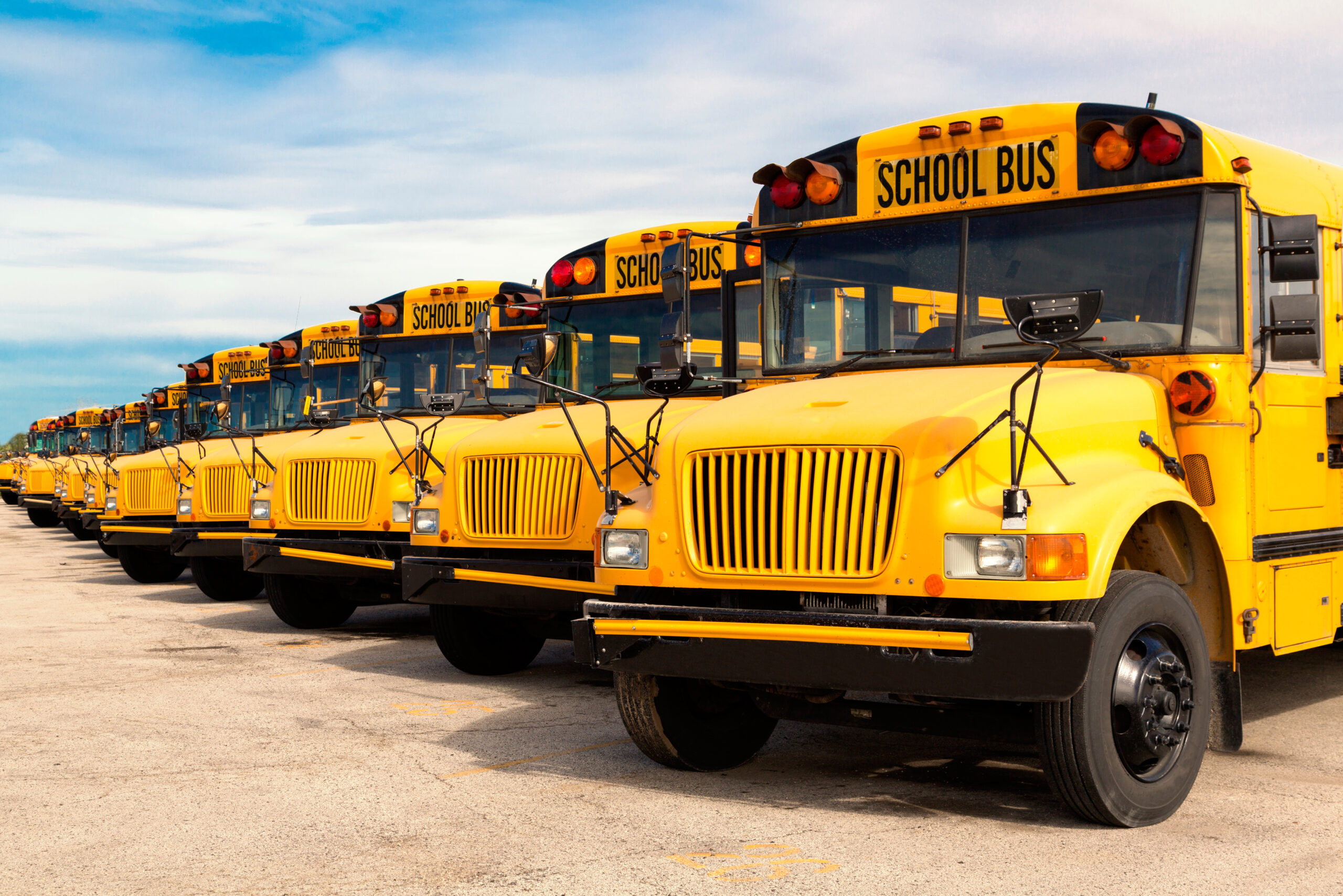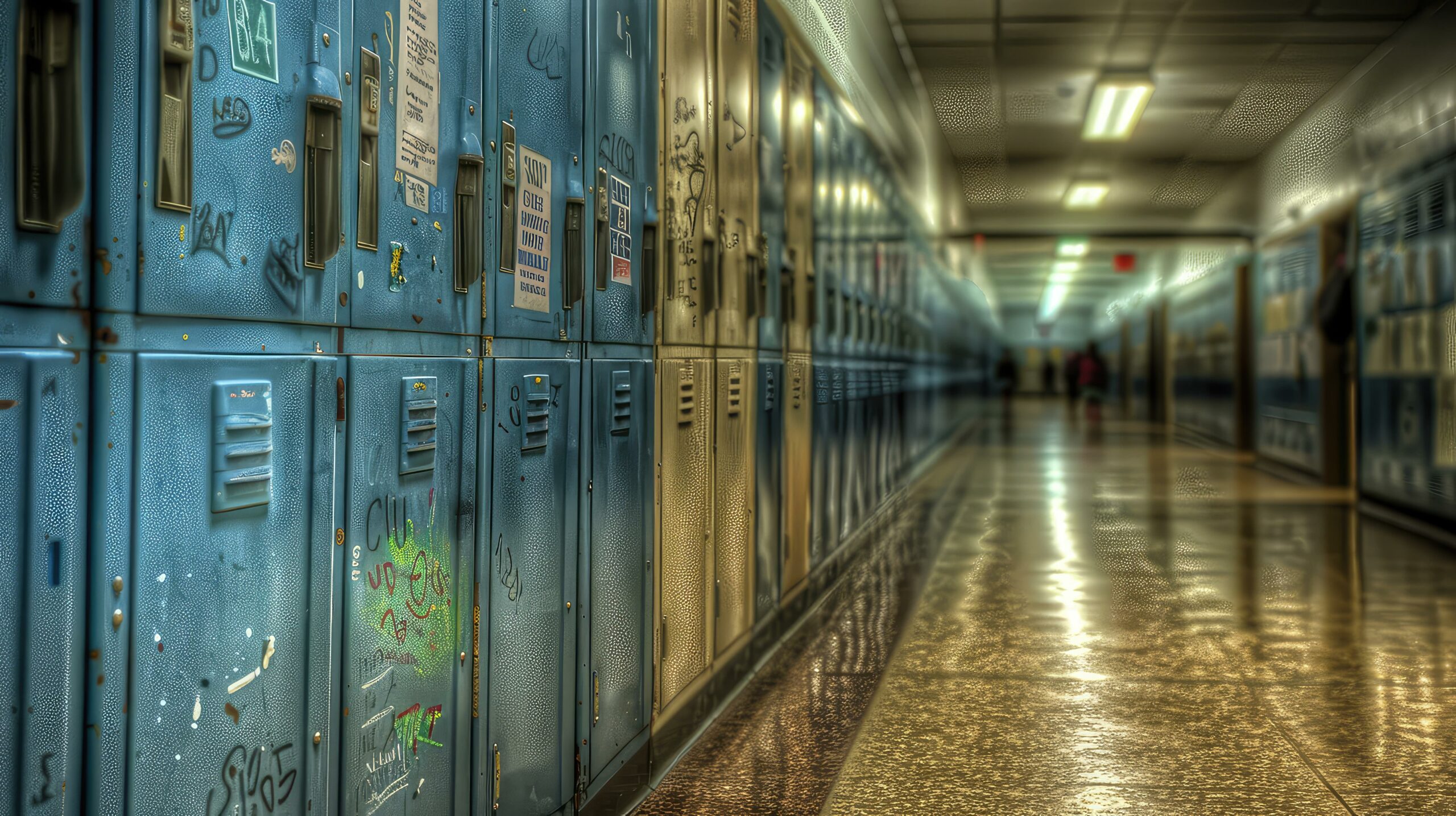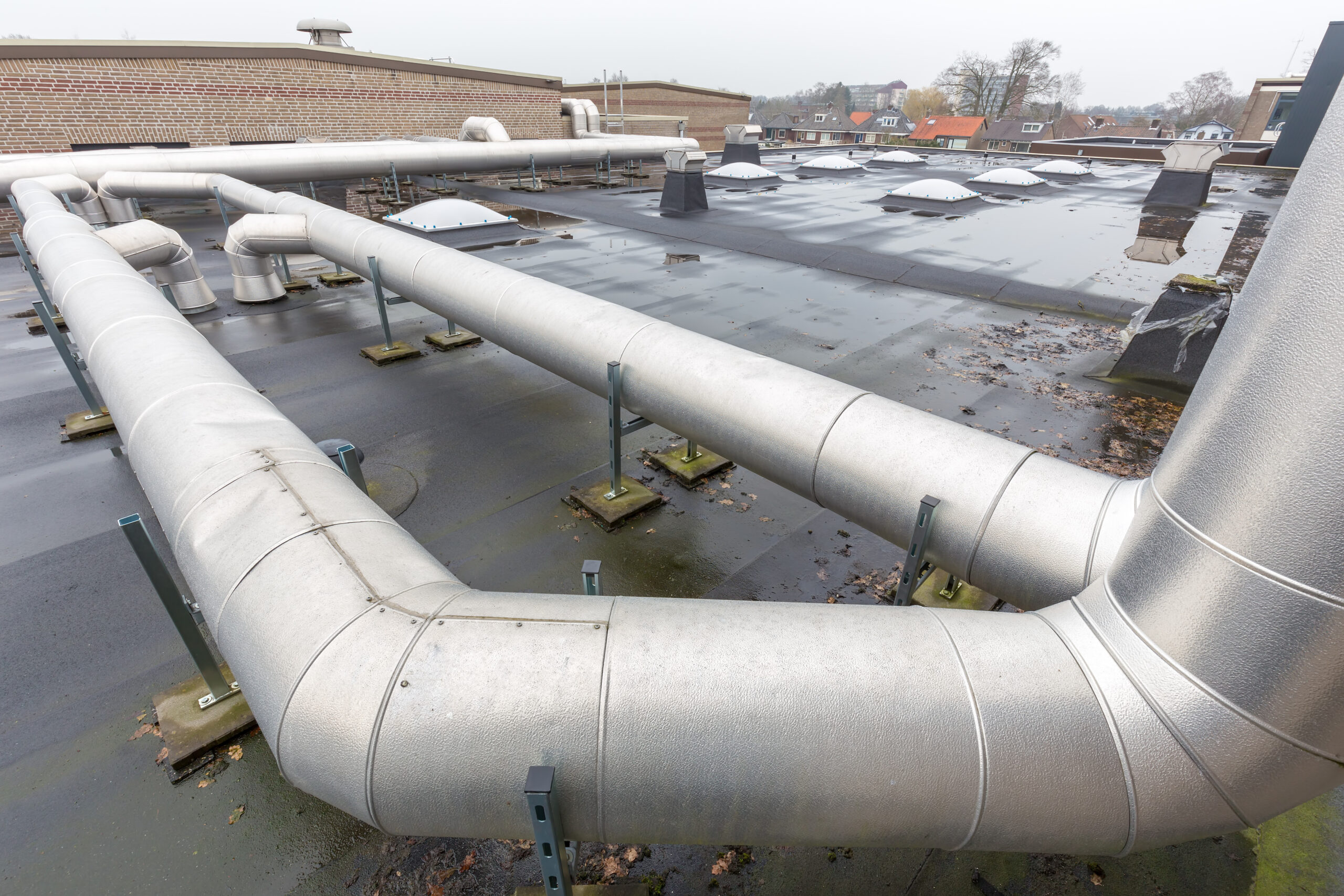Managing Summer Construction Projects
Summer construction projects present unique challenges for schools, requiring diligent planning and risk management to ensure safety and security. With limited onsite staff during the summer months, appointing a dedicated staff representative or liaison for each construction project becomes essential










